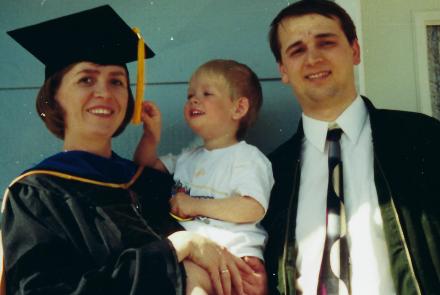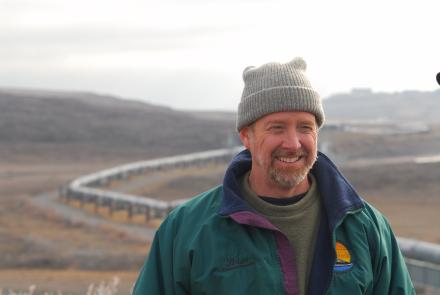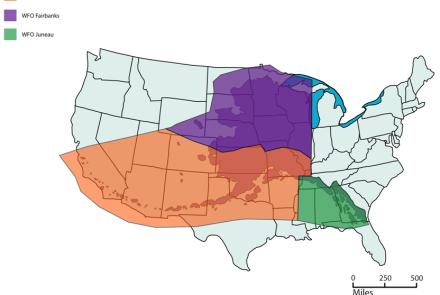
Fairbanks Alaska's Faults and Earthquakes
To a seismologist, it is sometimes distressing to hear the phrase "earthquake fault" bandied about so much. There are faults in the earth's crust and there are earthquakes, but the two are not always related.
Earthquakes can occur hundreds of miles deep in the earth where heat and pressure make it impossible for faults to form, and there are clear faults which cut the surface but which produce no earthquakes. At great depths, rock usually deforms plastically like silly putty left on a table, but it can produce earthquakes by shattering suddenly, as silly putty does when hit with a hammer. Closer to the surface, rock usually deforms more rigidly along a clearly defined plane during an earthquake (like sliding a book along a table).
On the other hand, some faults can be traced for miles at the surface, but any movement which takes place along them does so at such a slow rate that no earthquakes are produced. This type of deformation is known as "fault creep."
Alaska can boast of a large number of faults which carve the state into little pieces, each going its own way a little at a time. The most famous of these is the Denali fault, which follows the mid-line of the Alaska Range from a point north of Mt. McKinley into Canada and to the southeast where it forms Chatham Strait. As a matter of fact, if you traced the Denali fault far enough, it would tie into its more famous cousin, the San Andreas in California.
The Denali is a strike-slip fault. That is, when offset occurs along it, the ground lying to either side of the fault will be moved horizontally in opposite directions parallel to the fault trace. In Alaska, as in California, this movement is dextral. This means that if you were to stand facing the fault during an earthquake, and if the offset broke the surface so it that was visible, you would see the ground on the other side of the fault moving to the right. On a left-lateral, or sinistral fault, the movement would be to the left.
Our dextral faults mean, among other things, that the west coast of California is moving toward Alaska at the rate of about an inch and a half per year. At that rate, it will take some time for San Francisco to arrive offshore of the Gulf of Alaska, but it will happen.
As the mass of the Pacific plate is sliding sideways to the northwest along the Denali and related faults, it abruptly runs into a stone wall, as it were, along the Aleutian Islands, the Aleutian Range, and the Alaska Range west of Cook Inlet. When this happens, it is forced to descend into the earth (later to reappear in some different part of the world, but that's another story). In the parlance of geophysicists, this creates a subduction zone characterized by underthrusting. Although much of this goes on slowly and unnoticed, when strain accumulates to the point that its release produces a big jump, it attracts everyone's attention.
Anchorage overlies an underthrust segment of the Pacific plate. The 1964 earthquake provided graphic evidence that sudden movement along the underlying thrust fault can go a long way toward reshaping our scenery.
Very large strike-slip earthquakes have occurred in southeast Alaska. One of the more spectacular of these was the Lituya Bay earthquake of 1958, which toppled an entire mountainside into the bay, creating a splash that cleared timber and topsoil from a mountain ridge 1500 feet above sea level.
Although they cannot be seen at the surface, Fairbanks lies very nearly on top of a local system of strike-slip faults extending from the southeast to the northwest. These probably arise from stresses in the Alaska Range and the Denali fault to the south being transmitted into the Interior.
Earthquakes can be frightening events. But if it's of any comfort, it might pay to remember that without them and the crustal motions which they represent, the planet earth would be a featureless globe covered uniformly with water.





